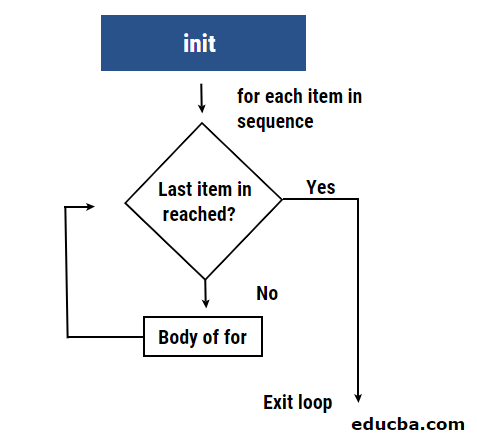
Is there a way were I can determine the number of users_ids (in retweeters) that overlaps with the user_ids (in Followers)? Taking into consideration to compare user 1 in retweeters with user 1 in followers and so on. If you don’t know which part to modify, leave a comment below and I will try to help. linear regression), if you modify it according to your regression model. The loop should work with other regression analysis (i.e. Rtwts] <- search_tweets(x, n = 500)ĪA2 <- rbind.fill(lapply(AA, as.ame))īut this is combining all the users in one dataframe (but separating with with an extra column that identifies the user number, such as user 1, 2, 3. I used linear mixed effect model and therefore I loaded the lme4 library. Don’t hesitate to let me know in the comments section, if you have any additional comments or questions.# execute `i` loops (one for each obs in users)įlws] <- get_followers(users, n = "all", page = "-1", parse = TRUE, token = NULL)
#How to do a for loop in r how to#
To summarize: At this point you should know how to avoid for-loops in the R programming language. I show the R programming syntax of this tutorial in the video:įurthermore, you might read the other tutorials of this website. However, you may make this function as complex as you want.ĭo you need more information on the content of this article? Then you might watch the following video of my YouTube channel. loop (which has two s links) is a reinforcing loop (labeled with an R). In this example, this user-defined function was very simple. By linking together several loops, you can create a concise story about a. 5 Created by lapply Function"Įxactly the same as in Example 1! Note that we have used a user-defined function within lapply. Print(paste("Iteration No.", i, "Created by lapply Function")) Invisible(lapply(1:5, # Using lapply function 4 Created by lapply Function" # "Iteration No. 3 Created by lapply Function" # "Iteration No. 2 Created by lapply Function" # "Iteration No. 1 Created by lapply Function" # "Iteration No. Print (paste ( "Iteration No.", i, "Created by lapply Function" ) ) } ) ) # "Iteration No.

Invisible (lapply ( 1 : 5, # Using lapply function
#How to do a for loop in r code#
Usually a code for/code loop is used when we know beforehand how many times the loop is going to be executed. Have a look at the following R syntax and its output: Answer (1 of 16): Whether it is a code for/code loop or code while/code loop, the main objective is to execute a set of statements for a desired number of times.

This Section explains how to create exactly the same output as in Example 1 using the lapply function in combination with the invisible function in R. The next example explains how to use the lapply function in R.Įxample 2: Using lapply() Function Instead of for-Loop (Fast Alternative) This might speed up the R syntax and can save a lot of computational power! However, if not properly used for-loops can get very slow when applied to large data sets or in complex settings such as nested for-loops.įor that reason, it might make sense for you to avoid for-loops and to use functions such as lapply instead. 5 Created by for-Loop"Īs you can see, the RStudio console returned five sentences showing the index number of each iteration. Print(paste("Iteration No.", i, "Created by for-Loop")) Print (paste ( "Iteration No.", i, "Created by for-Loop" ) ) } # "Iteration No.


 0 kommentar(er)
0 kommentar(er)
